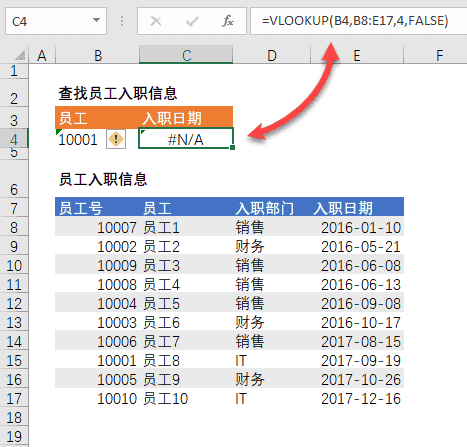返回
Journey to Frontend Development: Forms Configuration Made Easy
前端
2023-11-10 10:10:55
## Introduction
In the realm of frontend development, forms play a pivotal role in facilitating user interactions and data collection. However, crafting bespoke forms for each project can be a tedious and time-consuming endeavor. To address this challenge, we embark on a journey to explore the concept of forms encapsulation - a technique that empowers developers to construct forms with minimal coding effort.
## Embracing Data-Driven Forms
The cornerstone of forms encapsulation lies in the adoption of data-driven approaches. This paradigm shift involves decoupling the form's structure and behavior from its underlying implementation. Instead of hard-coding form elements, developers define the form's schema and rules using data structures. This separation of concerns enhances maintainability, flexibility, and reusability.
## The Power of Configuration-Based Forms
Building upon the foundation of data-driven forms, configuration-based forms take the concept a step further. This approach introduces a layer of abstraction, allowing developers to specify the form's configuration in a declarative manner. By leveraging configuration files or dedicated libraries, developers can define form elements, their properties, and validation rules without writing extensive code. This simplified approach accelerates development, minimizes boilerplate code, and promotes consistency across forms.
## Practical Implementation Strategies
To harness the full potential of forms encapsulation, several strategies can be employed:
* **Leveraging Form Generators:** Embrace the power of form generators to automate the creation of forms based on predefined templates or data models. These tools can significantly reduce development time and ensure consistency in the appearance and functionality of forms.
* **Adopting UI Libraries:** Integrate UI libraries like Reactstrap or Material-UI into your projects. These libraries provide pre-built form components that can be easily customized to match your project's specific requirements. By utilizing these components, developers can expedite the development process and maintain a cohesive user interface design.
* **Implementing Custom Form Components:** For more complex scenarios, consider creating custom form components. This approach grants developers complete control over the form's behavior and appearance. By defining reusable components, developers can streamline the development process and ensure consistency across various forms.
## Conclusion
Forms encapsulation, empowered by data-driven and configuration-based approaches, transforms the way developers create forms in frontend applications. By decoupling the form's structure from its implementation, developers gain enhanced flexibility, maintainability, and reusability. Moreover, the adoption of form generators, UI libraries, and custom form components further accelerates development and promotes consistency. Embrace these techniques to embark on a journey towards simplified and efficient forms development.




